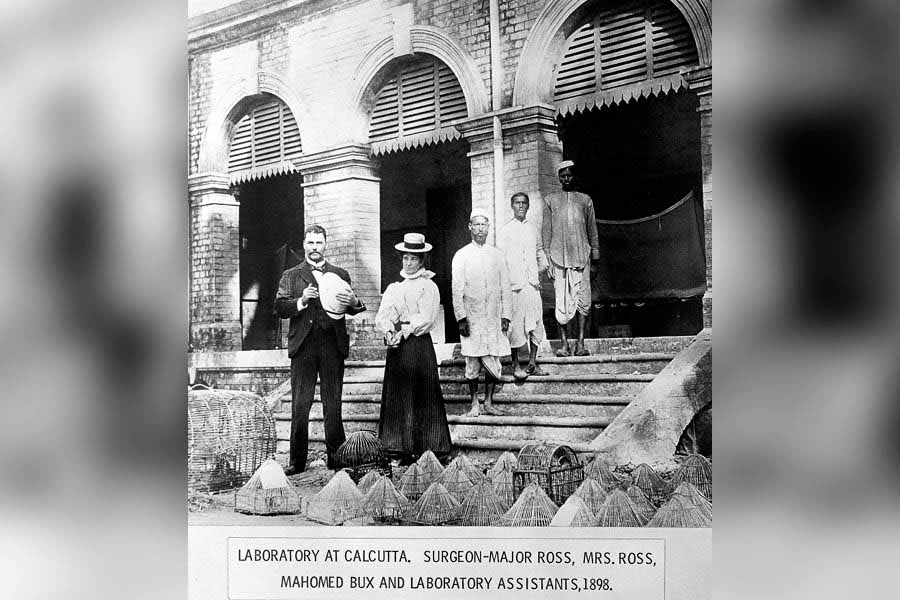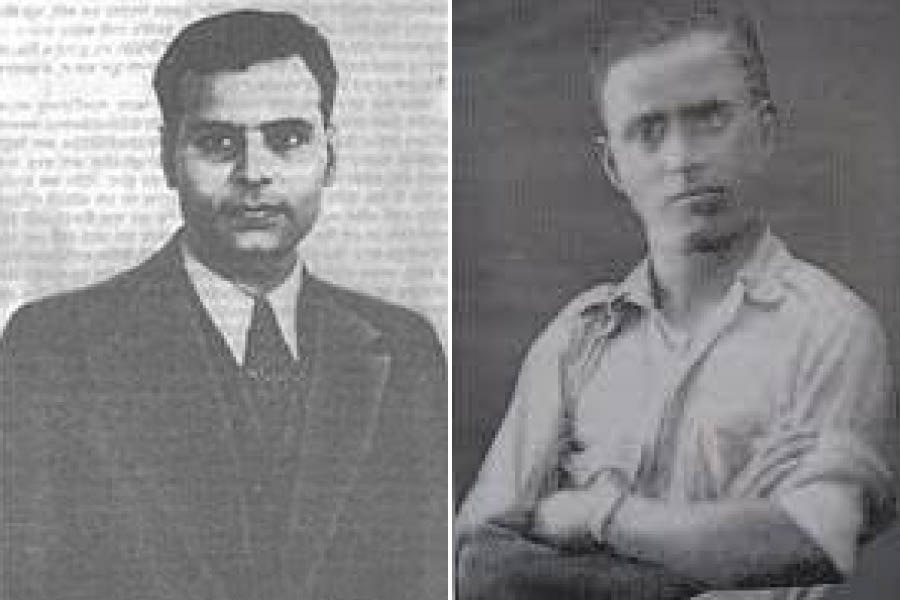রেতে মশা
দিনে মাছি
এই নিয়ে
কলকেতায় আছি
The above lines, which loosely translate into “Mosquitoes at night and flies during the day, that’s what life in Calcutta is all about”, were quite popular among the native population of the city in the 19th century. And while the Europeans of the city may not have used this particular expression, these insects – mosquitoes in particular – were an equal nuisance for them as well. But it was not limited to just that.
In 19th-century India, malaria ranked only second to cholera in being a scourge of the land. It is estimated that between 1800 and 1921, 20 million died in India from malarial fever. The century also witnessed discovery of antidotes like quinine, Warburg’s tincture and methylene blue – the first anti-malarial drugs. However, in absence of the identification of the causation of the disease, malaria continued to wreak its havoc on the inhabitants of India – native and European alike.
1857: The year that shook up the subcontinent and saw the official end of 300 years of Mughal rule and emergence of the British Crown as the new overlord of India. In that tumultuous summer of 1857, a boy was born in Almora to Sir Campbell Claye Grant Ross, a general in the British Indian Army, and Matilda Charlotte Elderton. He was named Ronald. At the age of eight, Ronald was sent to England for furthering his studies. He soon distinguished himself as being gifted in mathematics but also in poetry, music and literature. At the age of 16, he stood first in the Oxford and Cambridge local examination in drawing.
Young Ronald aspired to become a writer but was pressured into joining St Bartholomew’s Hospital Medical College in London in 1874. Five years later, Ronald passed the examination for the Royal College of Surgeons of England and in 1881, after working as a surgeon on a transatlantic steamer, joined the Army Medical School after earning his licence from the Society of Apothecaries. On completion of training, it was time for Ronald Ross to return to the country of his birth.
On April 5, 1881, Ronald Ross was appointed a surgeon with the Indian Medical Service – his first posting being in Madras Presidency. In 1883, while he held the post of acting garrison surgeon for Bangalore, Ross first observed the scope of reducing mosquitoes by limiting their access to water. During the coming years, Ross held different positions at Moulmein (Burma), Baluchistan, Andaman Islands and Secunderabad. And all this while, he remained interested in malarial research. In 1894, while on leave in London, Ross made the acquaintance of Sir Patrick Manson – a renowned Scottish physician and the founding father of tropical medicine. Manson updated Ross on the latest developments in malarial research and convinced him that India – given the prevalence of the disease – was the best place to further investigate the same.

Surgeon-Major Ross, Mrs Ross and his laboratory assistants in Calcutta
Ross wasted little time and booked a return trip to Secunderabad and even before his luggage had cleared customs, he travelled to the Bombay Civil Hospital and started making blood films of malarial patients. In May 1895, Ross made his first major discovery when he observed the early stages of malaria parasite inside a mosquito stomach. However, before he could advance further, Ross was transferred to Bangalore – a cool, dry place that escaped the worst of the disease and provided little subject matter to Ross. Still, Ronald Ross did not give up. From Bangalore, he was transferred to Calcutta to work in the Presidency General Hospital.
By July 1897, Ross had managed to culture 20 adult ‘brown’ mosquitoes from collected larvae. He then managed to infect the mosquitoes from a malaria patient by the name of Husein Khan for payment of 8 annas. Once the mosquitoes were well-fed with Khan’s blood, Ross started dissecting them. Over the coming days, Ross practically lived in his lab — a cluttered, shabby, poorly lit room full of test tubes and other lab equipments.
August 20, 1897: A tired but content Ronald Ross walked out from his lab room with a groundbreaking discovery. He had just confirmed the presence of the malaria parasite in the gut of the infected mosquitoes – ones he had named dappled-winged and which we now know as Anopheles. The next day, Ross was able to confirm the growth of the parasite inside the mosquito – a finding that he published on August 27 in the Indian Medical Gazette and that was later published in the December 1897 issue of British Medical Journal.
Ross had by then been transferred – first to Bombay and then to Rajputana – but after intervention from his mentor Sir Patrick, Ross was transferred back to Calcutta to continue his work on malaria. With incidence of malaria lower in the city, he built a house with a laboratory in Mahanad village, where he stayed for a few days at a time and collected mosquito samples. In the absence of sufficient human patients, Ross was persuaded by Sir Patrick to continue his research on avian (bird) samples.
Using infected sparrows, by July 1898, Ross established the importance of Culex mosquitoes as intermediate hosts in avian malaria. On July 4, he discovered that the salivary gland was the storage site of malarial parasites in the mosquito. By July 8, he was convinced that the parasites are released from the salivary gland during biting. He later demonstrated the transmission of malaria parasite from mosquitoes (in this case Culex species) to healthy sparrows using an infected sparrow, thus establishing the complete life cycle of the malaria parasite.

Notes of Ross dated August 20, 1897
In 1899, Ross resigned from Indian Medical Service and went to England to join the faculty of the Liverpool School of Tropical Medicine as lecturer. He continued to work on prevention of malaria in different parts of the world, including West Africa, the Suez Canal zone, Greece, Mauritius, Cyprus, and in the areas affected by the First World War. He also initiated organisations for fighting malaria in India and Ceylon. For his discovery of the life cycle of the malaria parasite in birds, Ronald Ross was awarded the Nobel Prize for Physiology or Medicine.
Presidency Hospital, where Ross made his first significant breakthrough on this day 127 years ago, is today’s IPGMER SSKM Hospital. A small plaque on the walls of the institute carries a reminder of Ronald Ross’ legacy — reminding the world of how one man’s devotion to a cause ended up saving countless lives. August 20 is now celebrated as World Mosquito Day.
Having begun the piece with a poem (of sorts), it is fitting I end with another. This one penned by Ross himself for his momentous discovery and sent to his wife on August 22, 1897:
This day relenting God
Hath placed within my hand
A wondrous thing; and God
Be praised. At His command,
Seeking His secret deeds
With tears and toiling breath,
I find thy cunning seeds,
O million-murdering Death.
I know this little thing
A myriad men will save.
O Death, where is thy sting?
Thy victory, O Grave?


